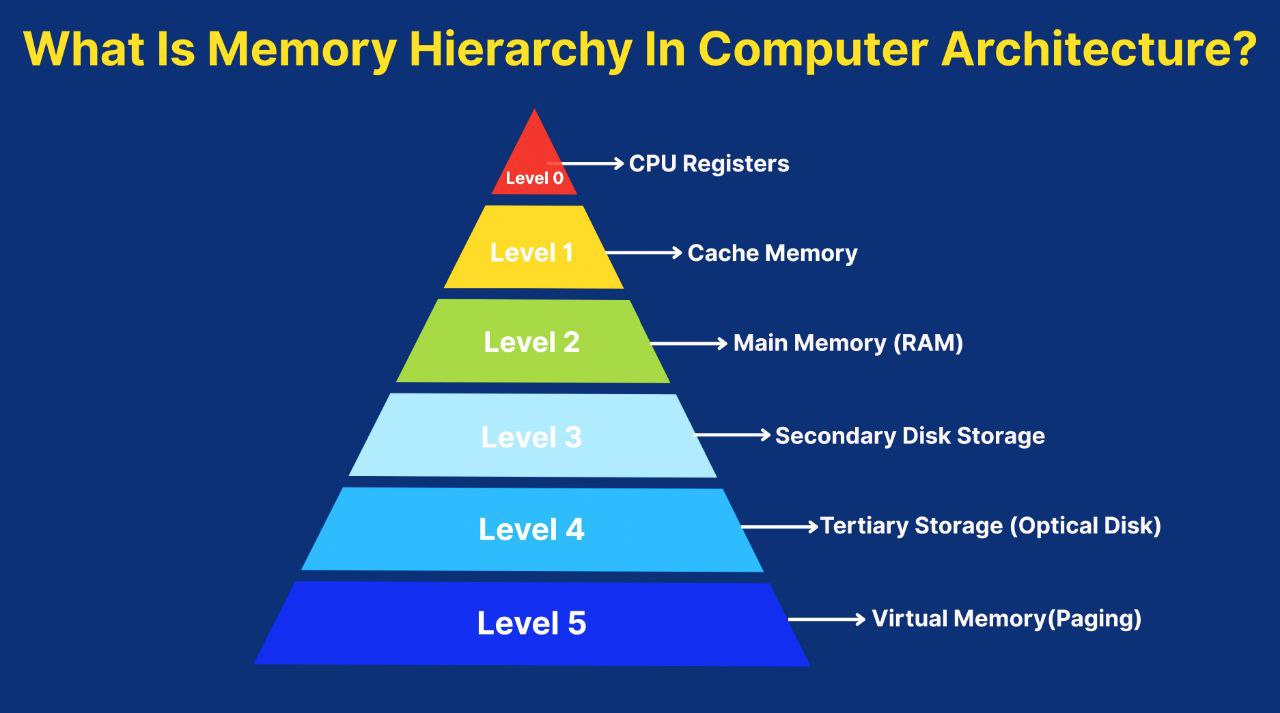India’s Relation’s With The U.S.A
India’s relations with the United States of America (U.S.A) have evolved significantly over the decades, transitioning from cautious engagement during the Cold War to a strategic partnership in recent years. The relationship reflects shared democratic values, economic interdependence, and mutual interests in addressing global challenges.
Historical Overview
- Cold War Era:
- India pursued a policy of non-alignment, while the U.S. sought to counter Soviet influence globally.
- Relations were strained due to:
- U.S. support for Pakistan, particularly during the Indo-Pak wars of 1965 and 1971.
- India’s close ties with the Soviet Union, especially after signing the Indo-Soviet Treaty of Friendship and Cooperation (1971).
- U.S. criticism of India’s nuclear tests in 1974 (Pokhran-I) added to tensions.
- Post-Cold War Period:
- The end of the Cold War and the liberalization of India’s economy in 1991 paved the way for improved relations.
- The 1998 nuclear tests by India led to U.S. sanctions, but subsequent dialogues, including the Jaswant Singh-Strobe Talbott talks, helped ease tensions.
Key Developments in U.S.-India Relations
- Strategic Partnership:
- The 2005 U.S.-India Civil Nuclear Agreement marked a turning point, recognizing India as a responsible nuclear state.
- Defense cooperation grew with agreements like the Logistics Exchange Memorandum of Agreement (LEMOA) and Communications Compatibility and Security Agreement (COMCASA).
- Economic and Trade Ties:
- The U.S. is one of India’s largest trading partners, with bilateral trade crossing $191 billion in 2023.
- Major areas of collaboration include technology, pharmaceuticals, and renewable energy.
- Defense Collaboration:
- Joint military exercises such as Malabar (with Japan and Australia) underline the strategic partnership.
- India is a major importer of U.S. defense equipment, including advanced systems like Apache helicopters and P-8I maritime aircraft.
- People-to-People Ties:
- The Indian diaspora in the U.S., numbering over 4 million, acts as a bridge between the two nations.
- Educational exchanges are robust, with Indian students forming one of the largest groups of international students in U.S. universities.
- Shared Concerns:
- Counterterrorism: Collaboration to combat terrorism, including intelligence sharing.
- Indo-Pacific Strategy: Both nations support a free, open, and rules-based Indo-Pacific, countering China’s growing influence.
Challenges in the Relationship
- Trade and Tariffs:
- Disputes over trade barriers, intellectual property rights, and tariffs have occasionally strained relations.
- The U.S. has pushed for greater access to Indian markets, especially in agriculture and e-commerce.
- Divergences on Global Issues:
- Differences on climate change commitments and data privacy policies.
- India’s reliance on Russian defense equipment remains a sticking point, especially amid U.S. sanctions on Russia.
- Geopolitical Concerns:
- U.S. arms sales to Pakistan remain a sensitive issue for India.
- Balancing relations with both China and the U.S. poses a strategic challenge for India.
Future Prospects
- Strategic Alignment:
- Enhanced cooperation under initiatives like the Quad (India, U.S., Japan, and Australia) and the Indo-Pacific Economic Framework (IPEF).
- Growing collaboration in emerging technologies, including AI, 5G, and cybersecurity.
- Green Energy and Climate Change:
- Joint initiatives to promote clean energy and combat climate change, such as the U.S.-India Climate and Clean Energy Agenda 2030 Partnership.
- Global Leadership:
- India’s rising global profile and U.S. support for its inclusion in key multilateral platforms like the UN Security Council and Nuclear Suppliers Group (NSG).
The U.S.-India relationship is characterized by increasing convergence on strategic, economic, and global issues. While challenges persist, the partnership is poised to play a pivotal role in shaping the 21st-century geopolitical landscape.
Share this content:



Leave a Reply